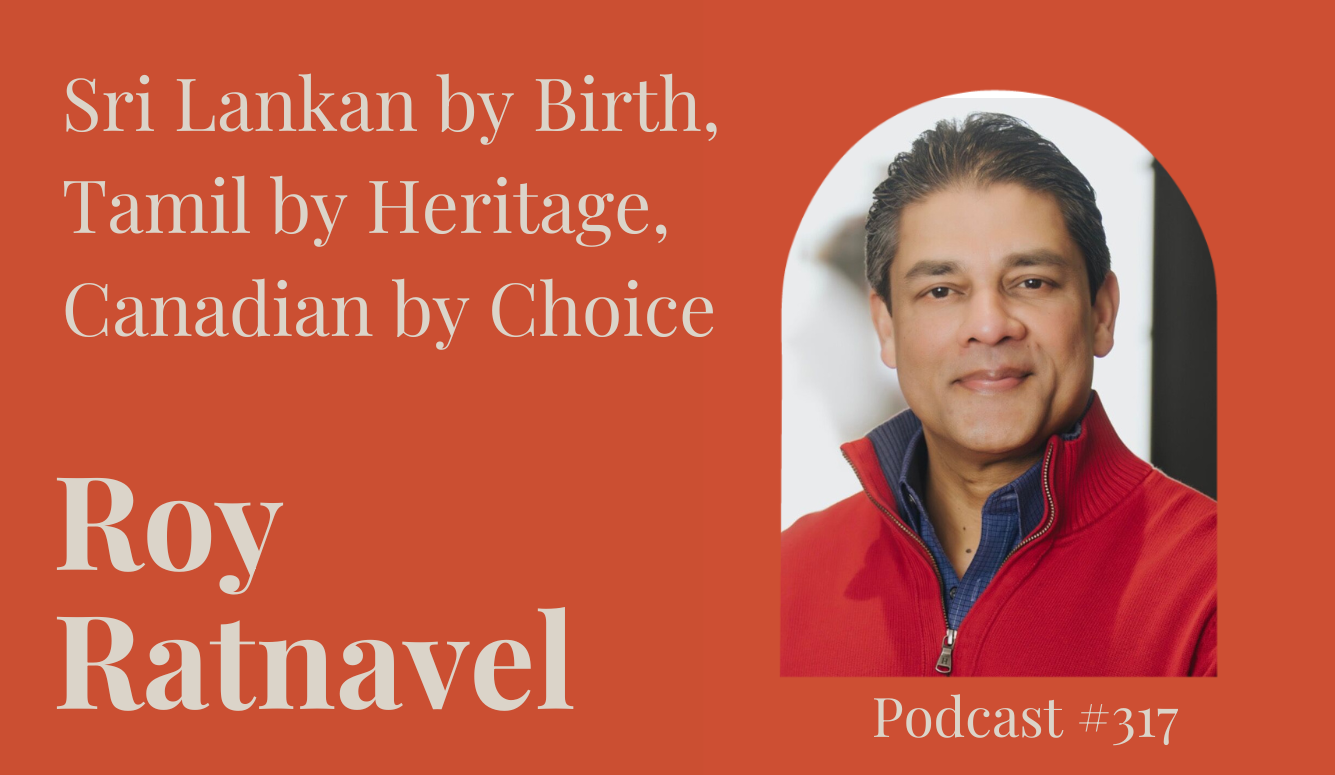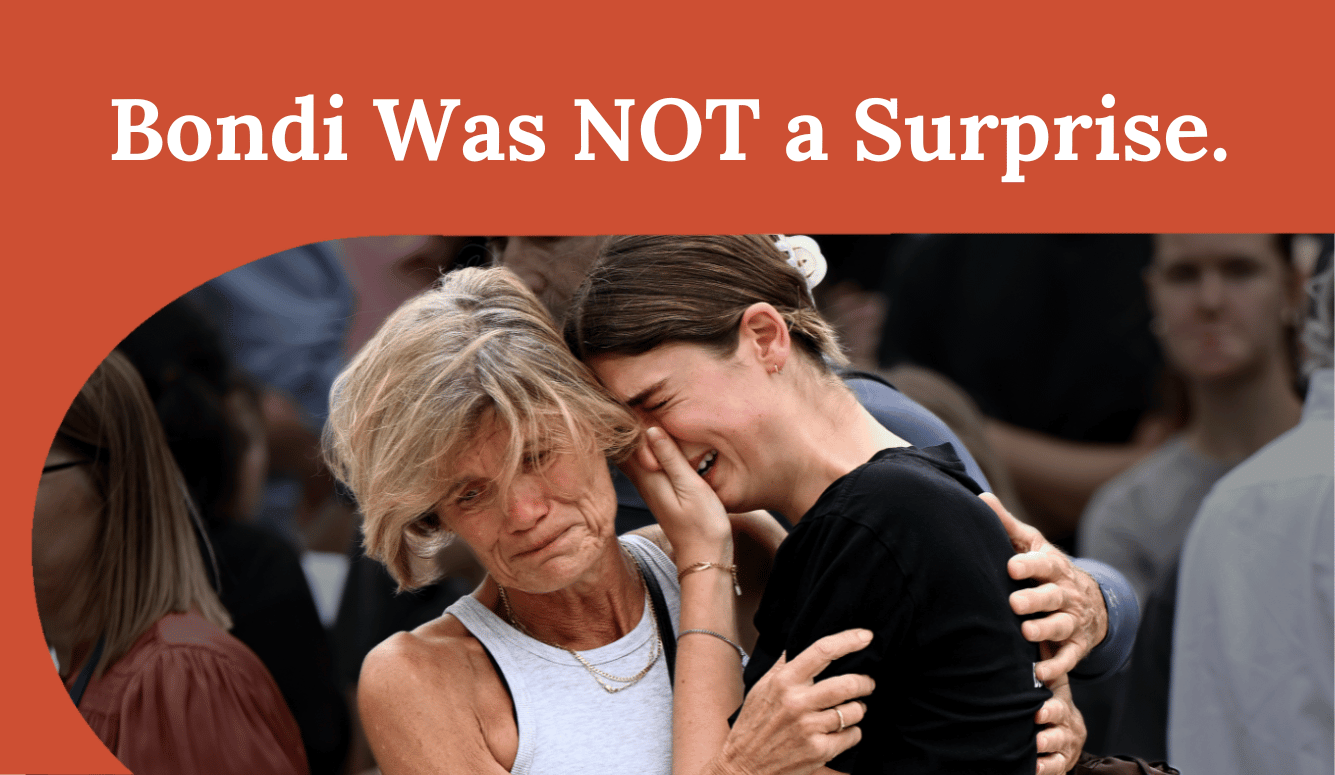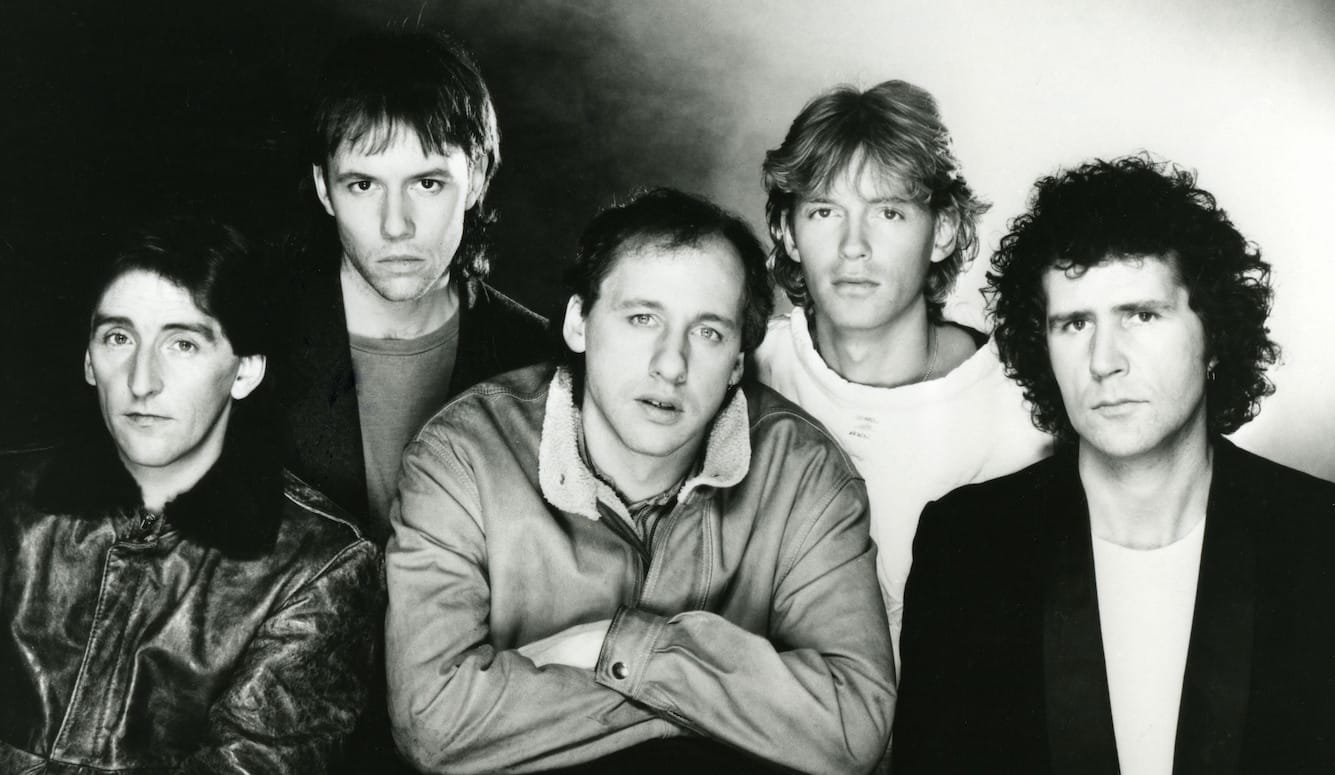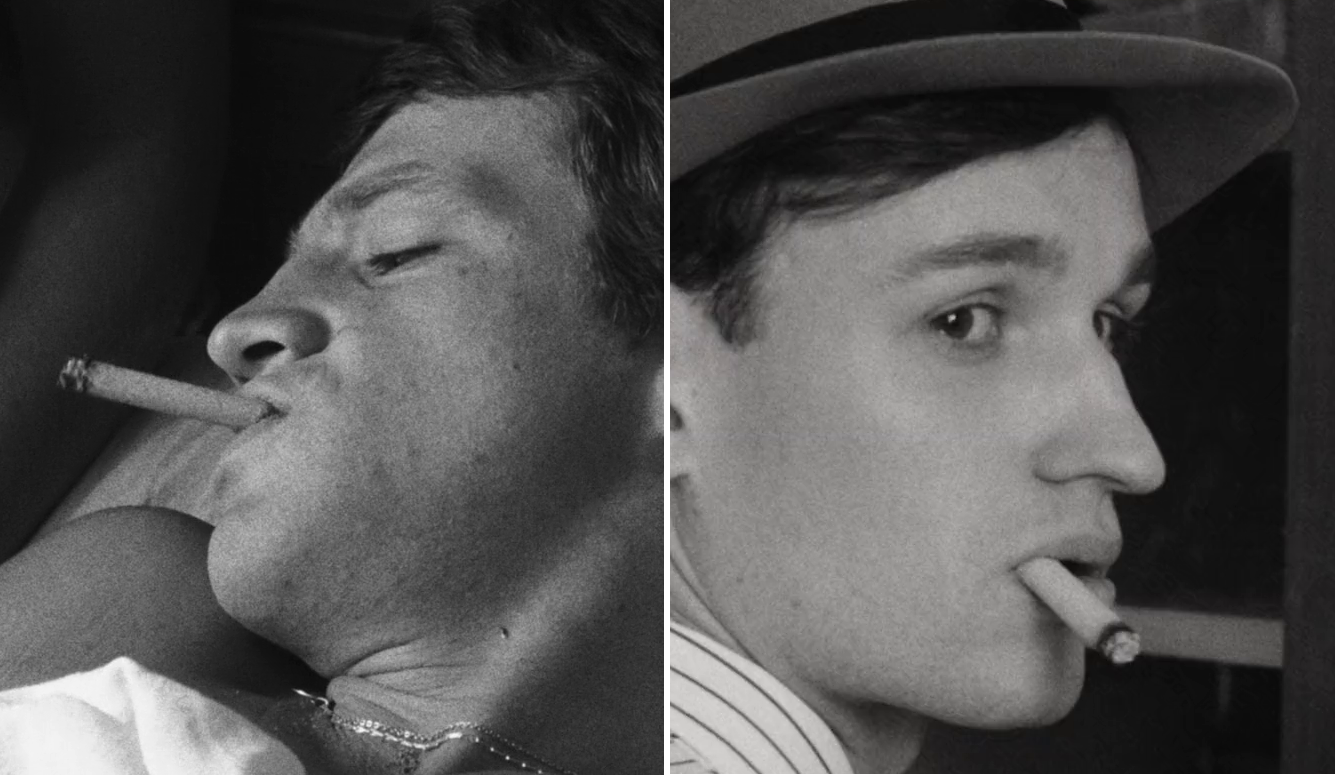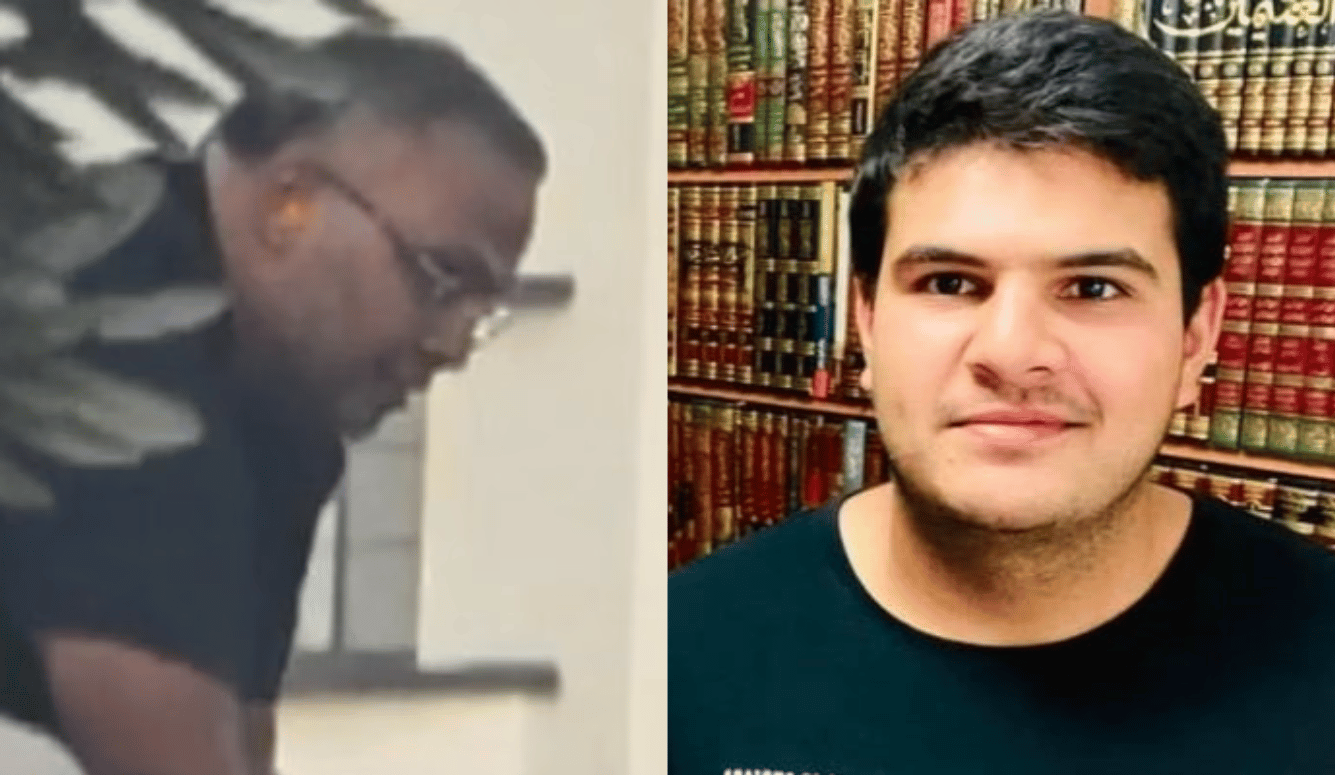childcare
Hidden in Plain Sight
How sex abuse has gone undetected inside Australia’s childcare sector.
· 12 min read
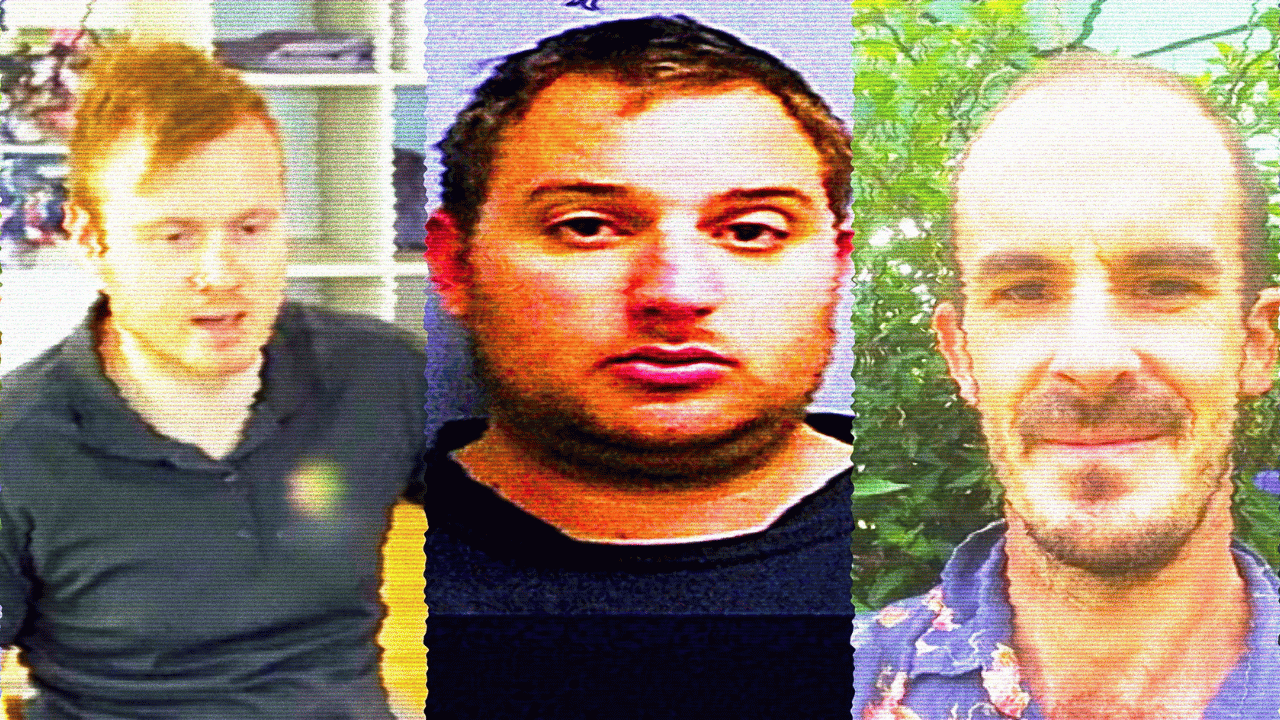
A crisis in Australia's childcare sector
The Australian government is scrambling to respond to an alarming number of child sex abuse cases emerging in the nation’s childcare sector. In November last year, parents across the nation watched in horror as former childcare worker Ashley Paul Griffith pleaded guilty to more than 300 charges against 73 children. Joshua Dale Brown is currently facing charges relating to more than 70 offences against eight children at a childcare centre in Melbourne. Figures obtained by the ABC identify 150 convicted and alleged offenders who worked at Australian childcare centres, each abusing multiple children, with most convicted in the last 10 years.
Keep reading
“These Songs Are Timeless”
Hannah Gal
· 9 min read
Podcast #316: The Genius of Jane Austen
Quillette
· 38 min read
Cynicism and Cigarettes
Charlotte Allen
· 17 min read
Father and Son, Partners in Terror
Tanveer Ahmed
· 6 min read
